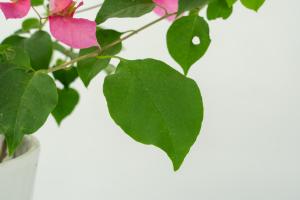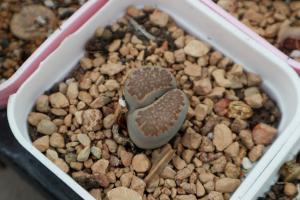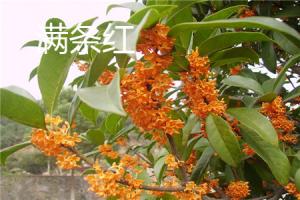Introduction
Yew trees are commonly found in cemeteries in many parts of the world, and their presence often raises questions about why they are planted specifically in these locations. While there are several reasons for this tradition, the use of yew trees in cemeteries dates back to ancient times and has been carried on through various cultural and religious beliefs.
Symbolism and Significance
One of the primary reasons for planting yew trees in cemeteries is symbolism. Yew trees are known for their longevity and resilience, qualities that have long been associated with the eternal nature of life after death. In many cultures, the yew tree is a symbol of immortality, rebirth, and reincarnation, making it a fitting choice for a cemetery setting. Additionally, the dense and evergreen foliage of the yew tree provides shelter and sanctuary, creating a peaceful and serene ambiance for visitors and mourners.
Historical and Cultural Context
The tradition of planting yew trees in cemeteries dates back to ancient times, when the tree was highly regarded for its sacred qualities. In many cultures, the yew tree was believed to be a source of protection, healing, and spiritual guidance. The Druids of ancient Britain and Ireland revered the tree as a symbol of divine power and used it in their religious ceremonies. During the medieval period, yew trees were commonly planted in churchyards and cemeteries throughout Europe as a way of creating a link between the living and the dead.
Practical and Functional Reasons
In addition to the symbolic and cultural significance, there are practical and functional reasons for planting yew trees in cemeteries. Yew trees are low-maintenance and can thrive in a variety of soil conditions and climate zones, making them an ideal choice for landscaping in areas where other plants may struggle. Furthermore, the dense foliage of the yew tree offers natural privacy screening, helping to shield private areas of the cemetery from unwanted views. Additionally, the bark and leaves of the yew tree contain chemicals that have been traditionally used for medicinal purposes, providing a potential source of relief for those who may be suffering from grief or emotional distress.
Conclusion
Overall, the tradition of planting yew trees in cemeteries has endured for centuries, with varying cultural, symbolic, and practical reasons adding to its importance. As a symbol of longevity, resilience, and immortality, the yew tree offers a fitting tribute to those who have passed away, and provides comfort and solace to those who visit their final resting place. Additionally, the practical and functional benefits of the tree make it a valuable addition to any cemetery landscape, serving as a constant reminder of the ongoing cycle of life and death.

 how many times do yo...
how many times do yo... how many planted tre...
how many planted tre... how many pine trees ...
how many pine trees ... how many pecan trees...
how many pecan trees... how many plants comp...
how many plants comp... how many plants can ...
how many plants can ... how many plants and ...
how many plants and ... how many pepper plan...
how many pepper plan...






























